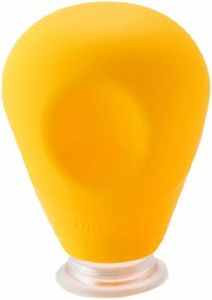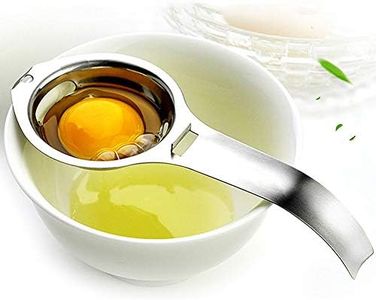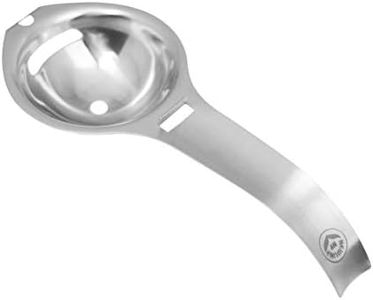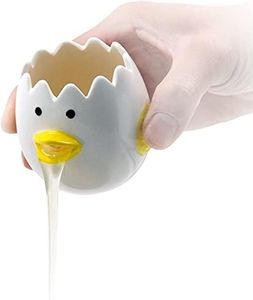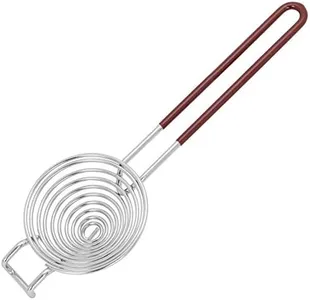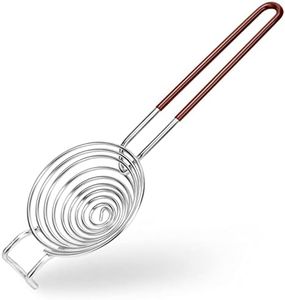We Use CookiesWe use cookies to enhance the security, performance,
functionality and for analytical and promotional activities. By continuing to browse this site you
are agreeing to our privacy policy
10 Best Egg Separators
From leading brands and best sellers available on the web.Buying Guide for the Best Egg Separators
Choosing an egg separator may seem like a simple task, but finding one that works best for you can make baking and cooking easier, cleaner, and quicker. The main purpose of an egg separator is to neatly and efficiently separate the egg yolk from the egg white with minimal mess or waste. When selecting one, you’ll want to consider how often you'll use it, how easy it is to clean, how comfortable it is to handle, and whether it fits your usual kitchen workflow.MaterialEgg separators are typically made from plastic, stainless steel, or silicone. The material affects durability, ease of cleaning, and safety. Stainless steel separators are sturdy, long-lasting, and often dishwasher safe, making them good for frequent use. Plastic separators are lightweight and inexpensive, but sometimes they can stain, absorb odors, or break more easily. Silicone is flexible and easy to clean, but might not feel as stable or rigid in use. Choose based on how often you'll need the separator and your preferences for maintenance and feel.
Design and HandlingThe design includes the overall shape, grip, and whether it balances over a bowl. Some separators have handles, others rest on the rim of a cup or bowl, and some are hand-held. If you want a hands-free experience, look for one that can rest securely over your bowl. For more control, a hand-held design may suit better. Think about your kitchen habits: if you often separate several eggs at once, stability and comfort are important, while occasional users might prioritize compact size and easy storage.
CapacityCapacity refers to how many eggs can be separated at once. Most standard egg separators are designed for one egg at a time, but there are models that allow for multiple eggs. If you bake in large batches, a separator that can handle more than one egg at a time might save you effort. For most home cooks, a single-egg separator is sufficient and gives the best accuracy.
Ease of CleaningSince raw eggs can harbor bacteria, it’s important that your egg separator is easy to clean. Some models are dishwasher safe, while others may need careful handwashing due to their design. Look for smooth surfaces and minimal crevices—these are easier to clean thoroughly and less likely to trap egg remnants, making them more hygienic, especially if you use your separator often.
Size and StorageEgg separators come in various sizes, from compact handheld versions to larger ones with attached bowls. If you have limited kitchen space, a smaller or flat design might be ideal since it’s easier to store. On the other hand, a larger separator may offer more stability and spill-prevention. Choose the one that fits your storage needs and how much counter space you have during use.

